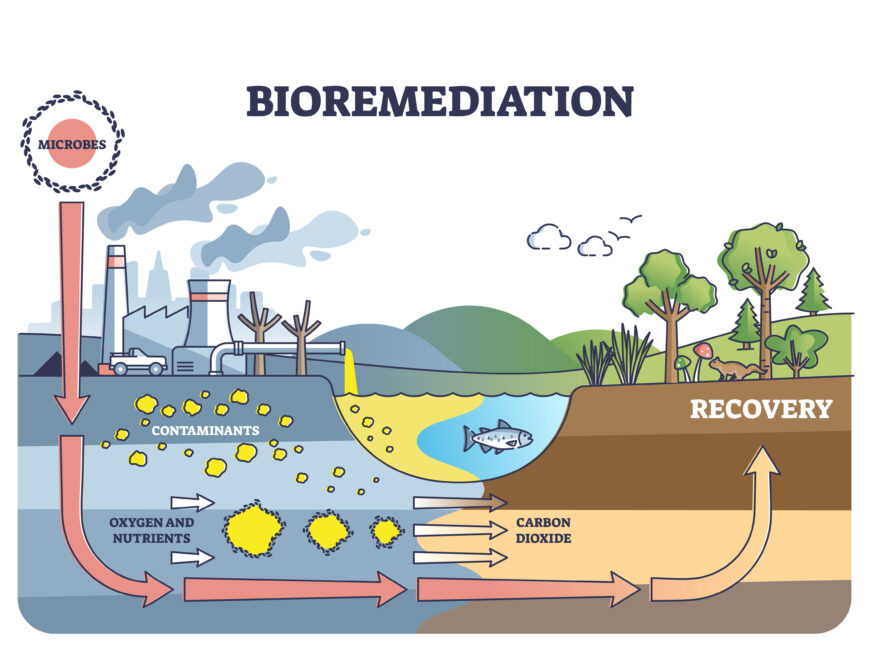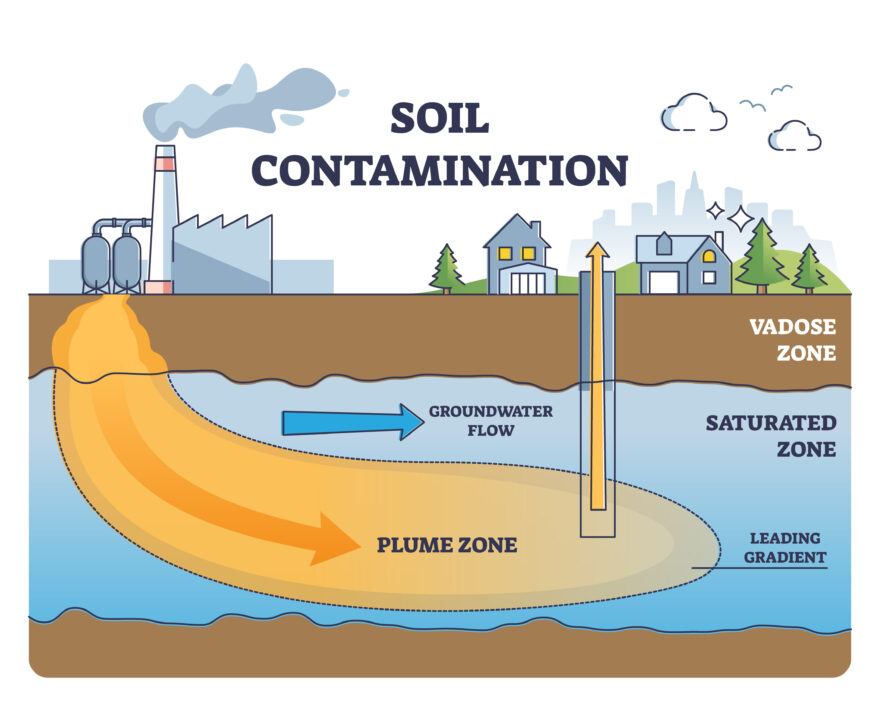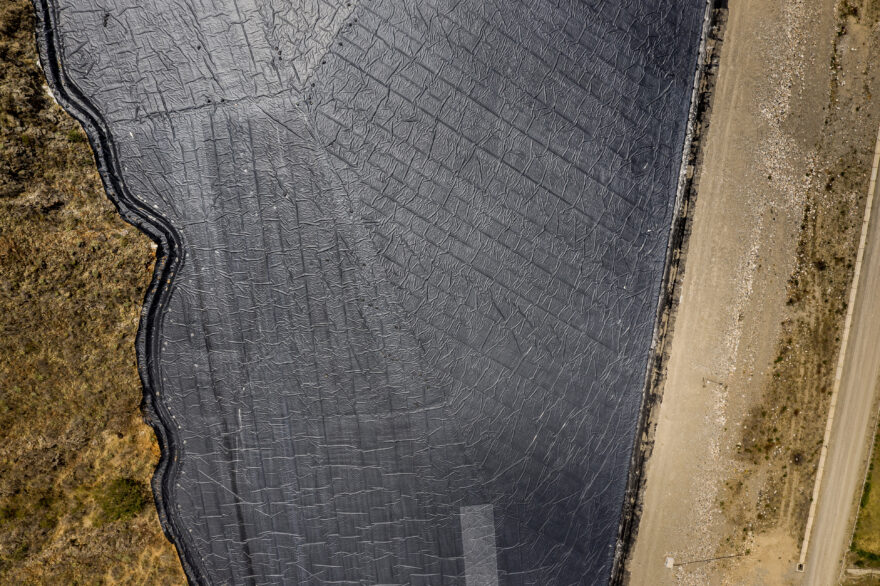Remediation refers to the process of addressing and fixing environmental or geotechnical issues on a site. It is needed to protect the environment, ensure the safety of people, comply with regulations, enable site reuse, and fulfill legal obligations.
It involves identifying and treating contamination or unstable soil conditions, making the site safe and suitable for use. A comprehensive site investigation conducted by geotechnical and environmental engineers is necessary to determine the most suitable remediation approach for a given project.
The selection of remediation techniques is dependent on site-specific conditions, regulatory requirements, and the specific contaminants or geotechnical issues involved.
Common remediation techniques for site contamination include :
1. Soil Remediation
If the soil is contaminated with pollutants or hazardous substances, soil remediation methods can be advised. These can include techniques such as excavation and removal of contaminated soil, soil washing (using water or chemicals to remove contaminants), bioremediation (using microorganisms to break down contaminants), or chemical treatment (such as soil flushing or stabilisation).

2. Groundwater Remediation
If groundwater contamination is identified, various techniques can be used to treat or contain the contaminated water. These methods include pump-and-treat systems, where groundwater is extracted and treated before being discharged back into the environment, or in situ remediation techniques such as bioremediation (using microorganisms to degrade contaminants), chemical oxidation, or permeable reactive barriers.

3. Containment and Barrier Systems
Sometimes, it is not feasible or practical to remove or remediate contaminated materials. In such cases, containment measures can be implemented to prevent the spread of contaminants. This can involve the construction of impermeable barriers, such as slurry walls or geomembranes, to isolate contaminated areas from the surrounding environment. Additionally, engineered caps or covers may be used to prevent exposure to contaminated soil or waste.
Environmental Monitoring and Management
As part of the remediation process, ongoing environmental monitoring and management may be required. This includes regular sampling and analysis of soil, groundwater, sub-surface gas and/or air quality to assess the effectiveness of remediation efforts and ensure compliance with regulatory standards. Monitoring programs may also involve long-term surveillance to ensure that any potential risks or impacts are identified and addressed in a timely manner.